Diver Propulsion Vehicles (DPVs), commonly known as underwater scooters, are essential tools for divers seeking to enhance their mobility and extend their exploration range beneath the waves.
These devices vary significantly in speed, depending on their design, intended use, and power capacity. Understanding the speed capabilities of different DPVs can help divers choose the right equipment for their needs.
Speed Ranges of Diver Propulsion Vehicles
DPVs are designed to cater to various diving activities, from recreational to professional and military applications. Here's an overview of the typical speed ranges:
| Scooter Type | Speed Range | Common Uses |
|---|---|---|
| Recreational | 2–4 mph (3.2–6.4 km/h) | Casual diving, snorkeling, underwater sightseeing |
| Professional | 4–6 mph (6.4–9.7 km/h) | Marine research, underwater filming, rescue operations |
| Advanced Commercial | Up to 9 mph (14.5 km/h) | Scientific research, military operations |
Recreational models are ideal for leisurely dives, offering speeds that allow divers to conserve energy and explore comfortably.
Professional models provide higher speeds suitable for tasks requiring quick mobility or covering larger areas.
Advanced commercial models, such as those used in military or scientific research, offer maximum speeds for rapid deployment and extensive coverage.

Examples of High-Speed DPVs
-
ASIWO U1: This versatile 2-in-1 DPV offers impressive speed and versatility for a range of water activities. Whether you're diving to explore marine life, paddleboarding across a serene lake, or kayaking along the coast, the U1's speed capabilities enhance your experience, making it a valuable tool for water enthusiasts.

-
Dive X Cuda Exploration: This professional-grade DPV boasts a maximum speed of 324 feet per minute (approximately 1.6 meters per second), with a continuous speed of 290 feet per minute (approximately 1.5 meters per second).
-
AQUABOOST DPV-1 STANDARD: Designed for challenging water conditions, this scooter reaches speeds up to 7 mph (11.3 km/h) and offers a runtime of up to 60 minutes at maximum speed.
-
Seabob F5 SR: A high-performance DPV capable of speeds up to 14.5 mph (23 km/h), suitable for technical diving and open water exploration.
Factors Influencing DPV Speed
Several factors can affect the speed of a DPV:
-
Motor Power: Higher wattage motors can propel the scooter faster, but they may also consume more battery power.
-
Propeller Design: The size and efficiency of the propeller play a crucial role in determining the scooter's speed and maneuverability.
-
Battery Capacity: A larger battery can support higher speeds for longer durations, but it also adds weight to the scooter.
-
Water Conditions: Currents, water temperature, and salinity can impact the scooter's performance.
-
Diver's Weight and Gear: Heavier divers or those carrying additional equipment may experience reduced speeds.
Conclusion
The speed of a Diver Propulsion Vehicle varies based on its design and intended use. Recreational models offer moderate speeds suitable for leisurely exploration, while professional and advanced commercial models provide higher speeds for specialized tasks. When selecting a DPV, divers should consider their specific needs, the diving environment, and the scooter's specifications to ensure optimal performance and safety.
FAQs
Q: How fast do most recreational DPVs go?
Recreational DPVs typically reach speeds between 2 to 4 mph (3.2 to 6.4 km/h), which is ideal for casual diving and snorkeling.
Q: Can DPVs be used for long-distance underwater exploration?
Yes, DPVs can be used for extended underwater exploration, especially in professional and high-speed models, which offer longer durations and faster speeds. However, battery life and water conditions should always be considered.
Q: Are high-speed DPVs safe for beginners?
High-speed DPVs are generally not recommended for beginners unless they are experienced divers. New divers should start with lower-speed models and become familiar with their handling before progressing to faster models.
Q: How long do the batteries last on a DPV?
The battery life of a DPV depends on the model and speed settings. Typical recreational models may last anywhere from 30 minutes to 1 hour, while professional models may offer longer runtimes at slower speeds.
Q: Can I use a DPV for other water activities besides diving?
Yes! Many modern DPVs, such as the ASIWO U1, are designed for multi-sport use. They can be used for paddleboarding, kayaking, and even exploring coastal areas, making them versatile tools for water enthusiasts.
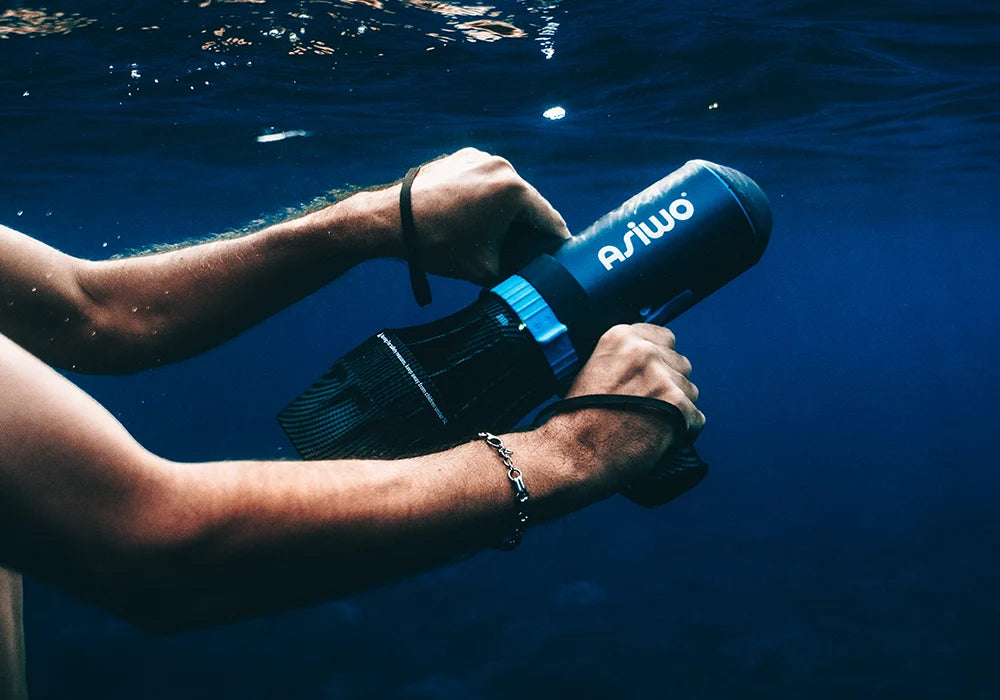




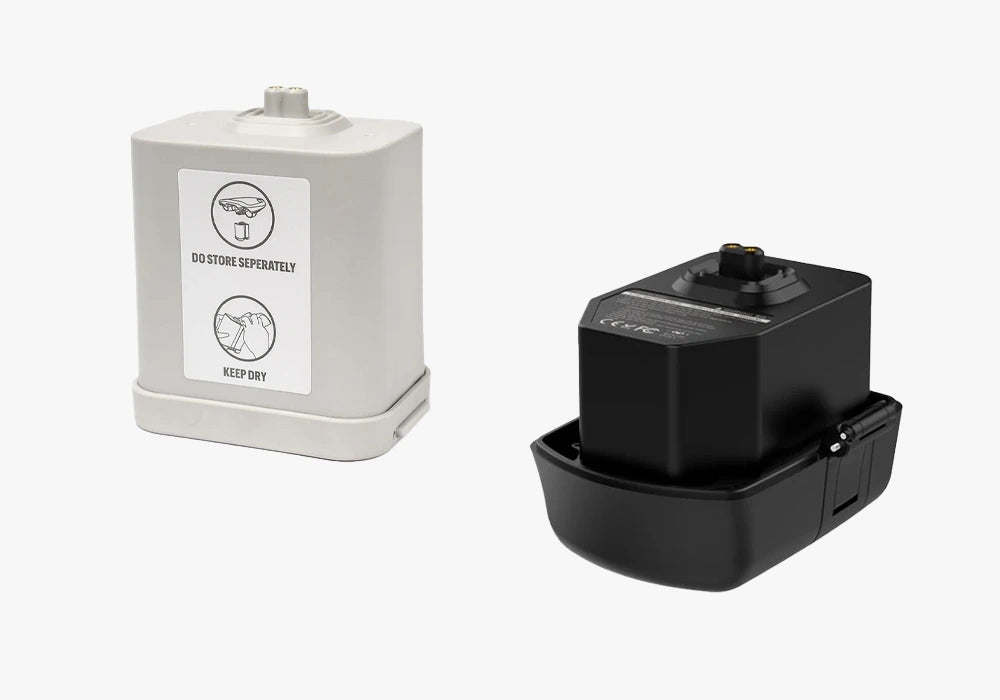




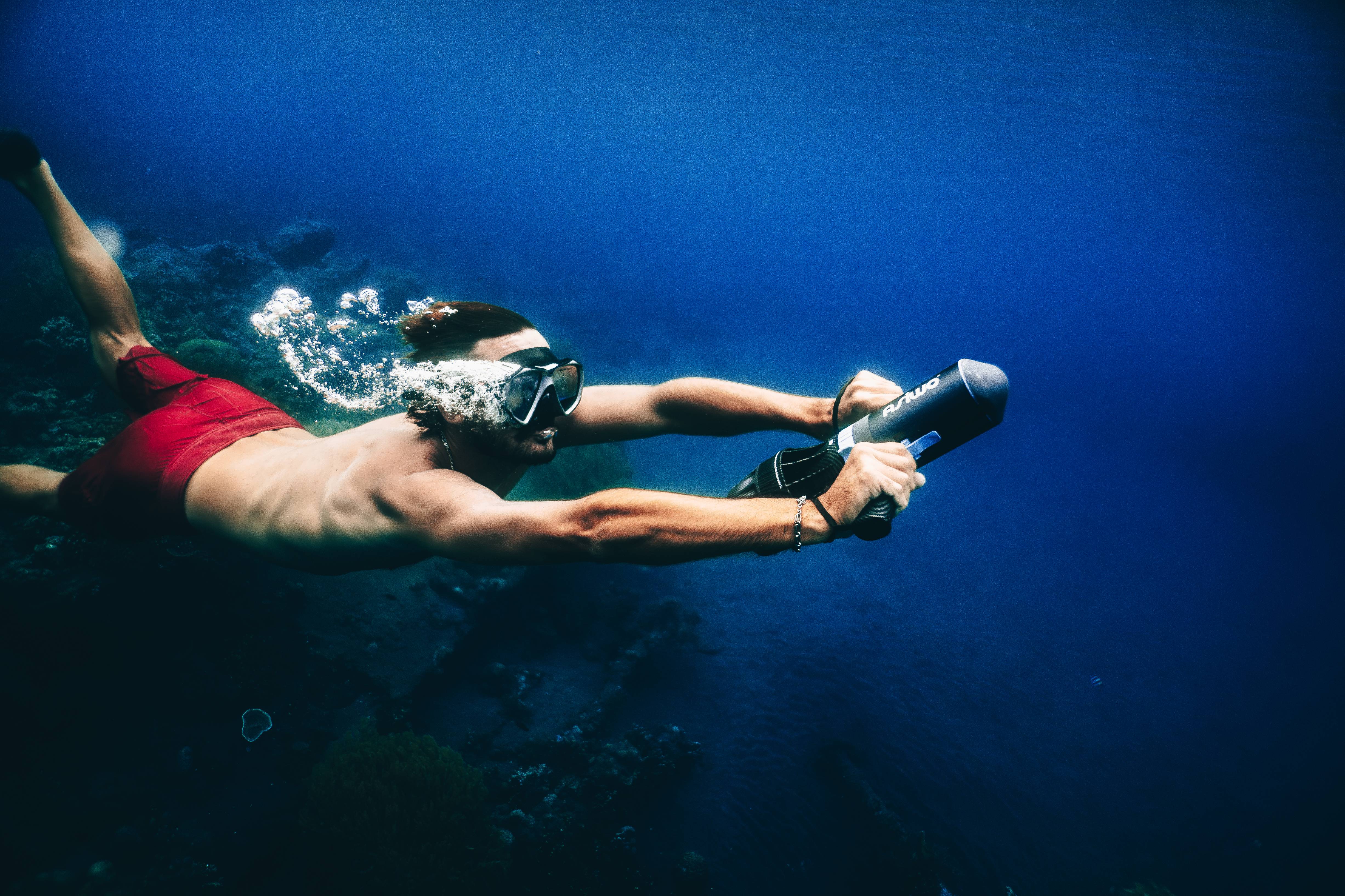
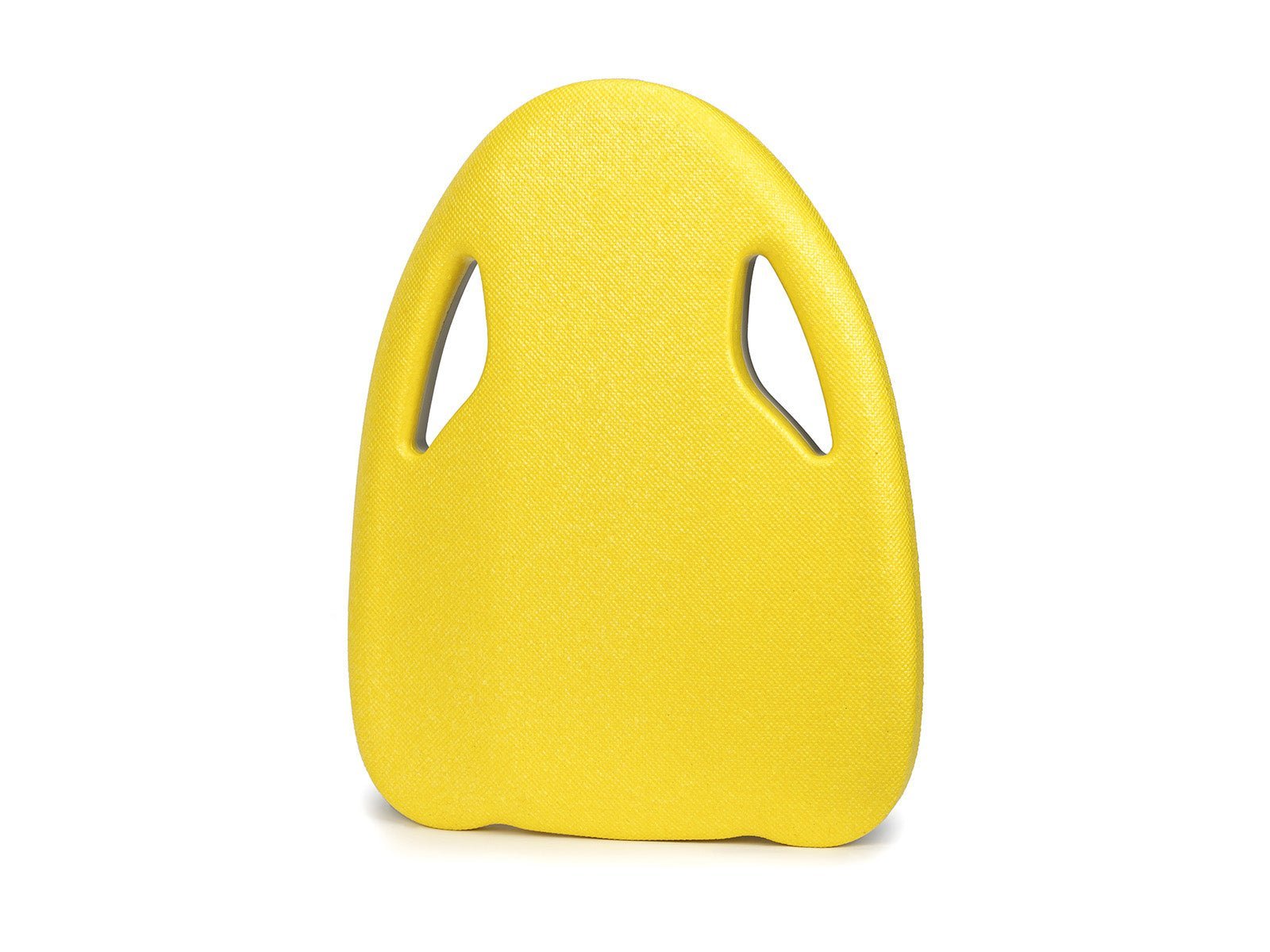
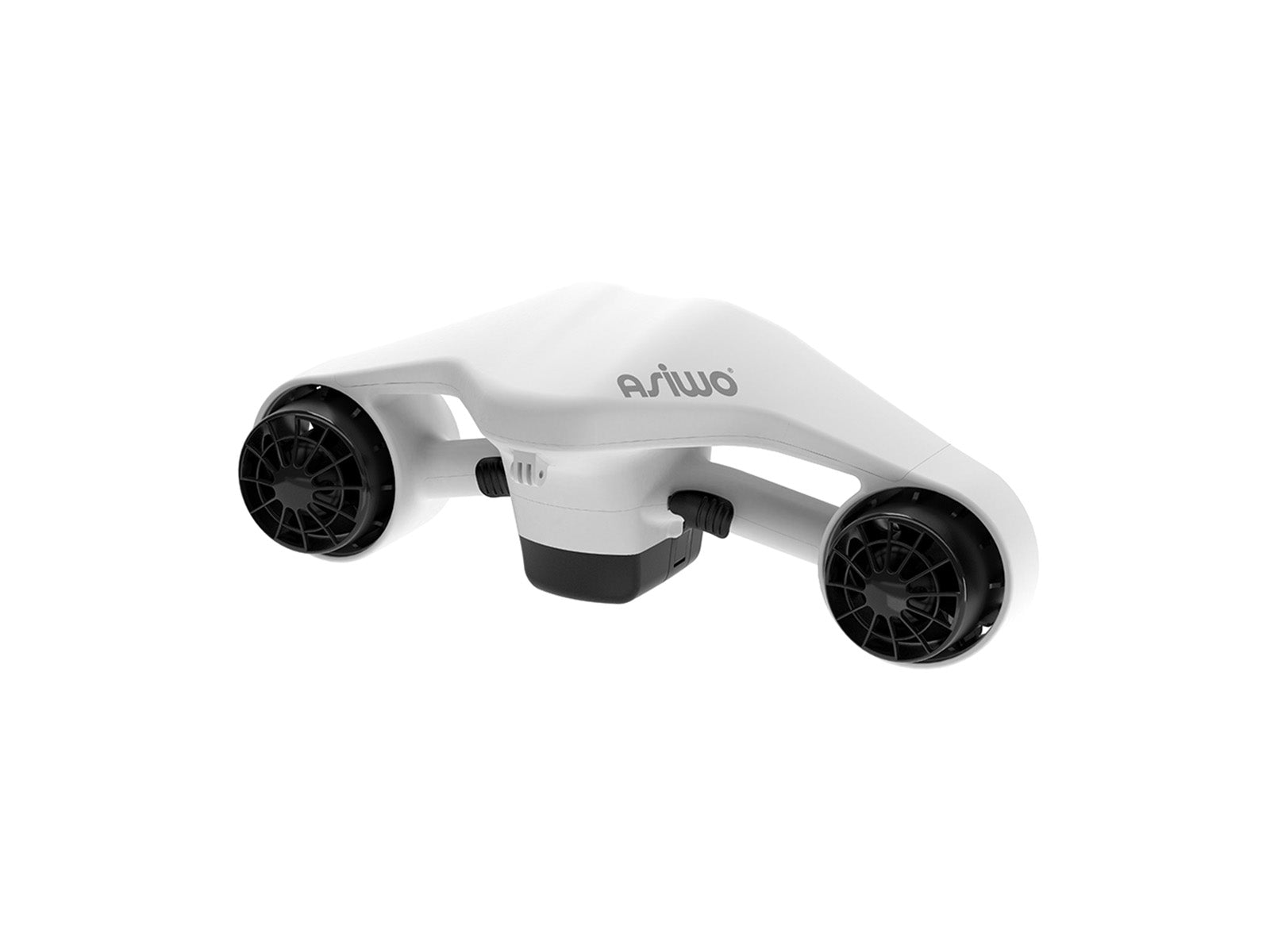
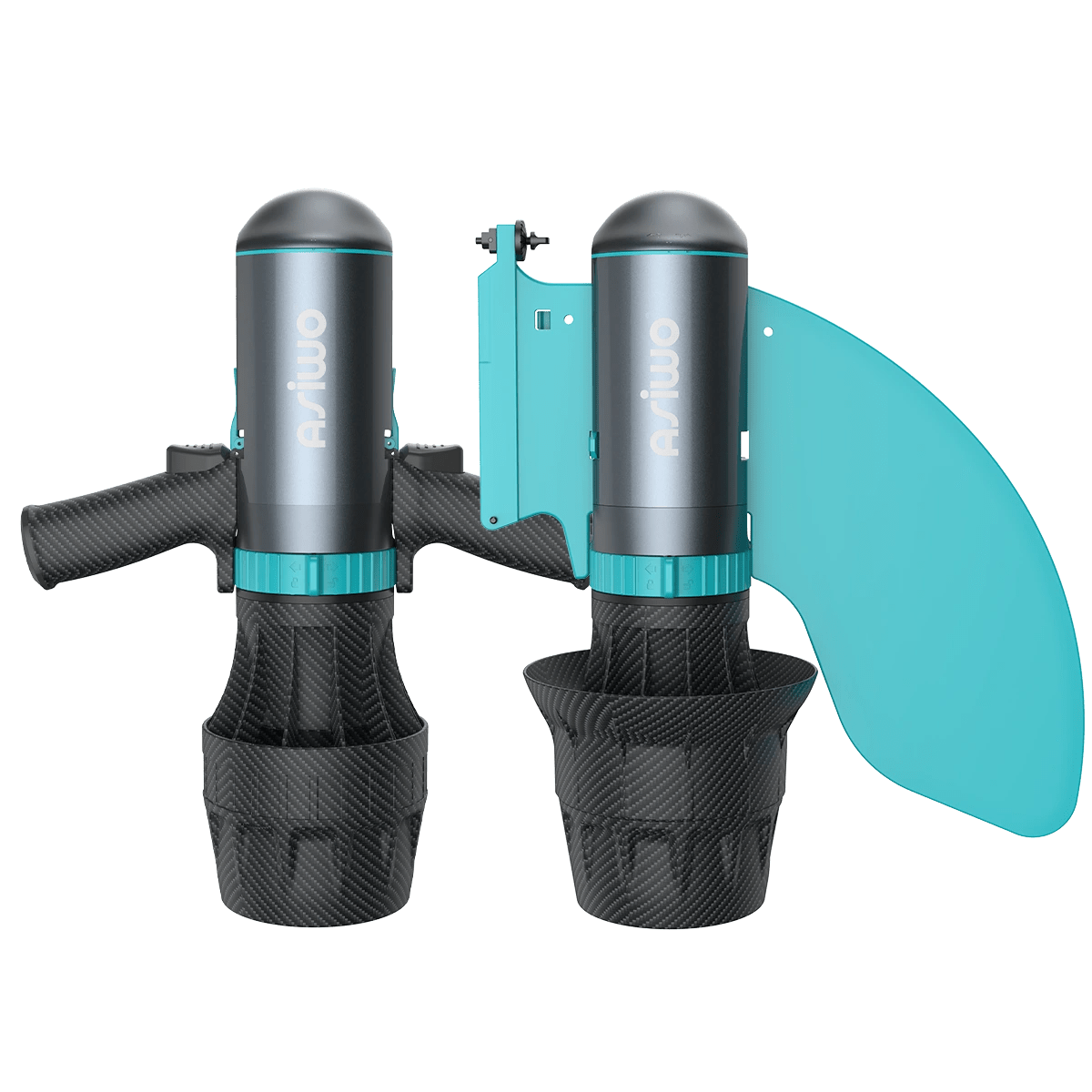




Hinterlassen Sie einen Kommentar